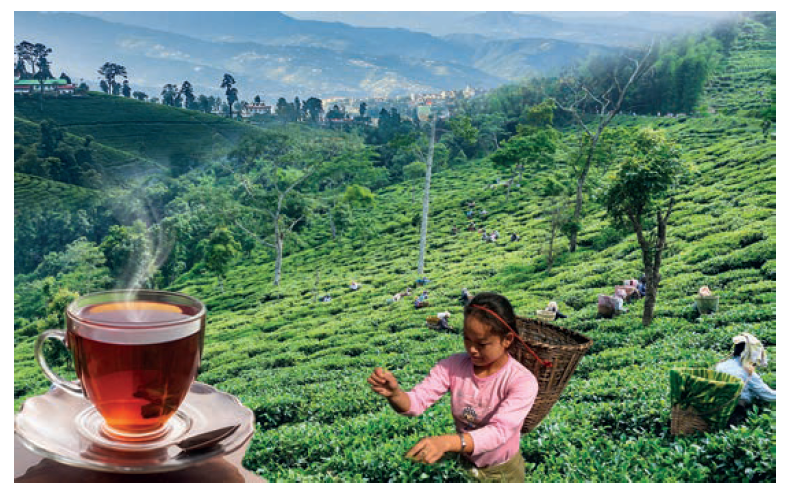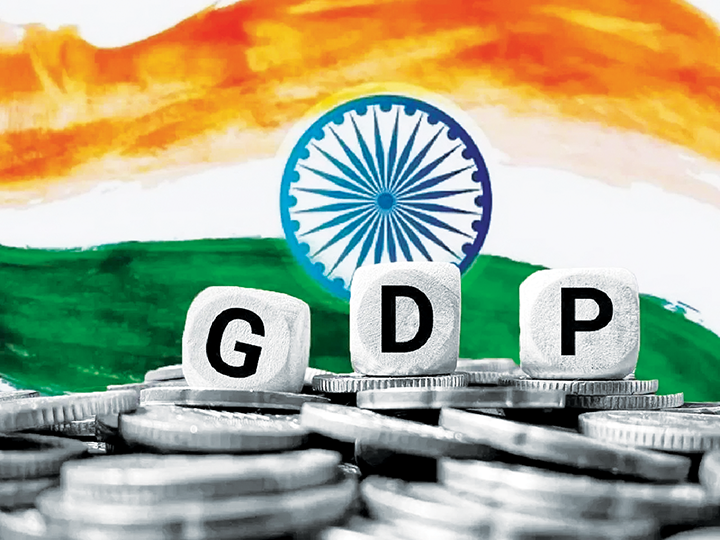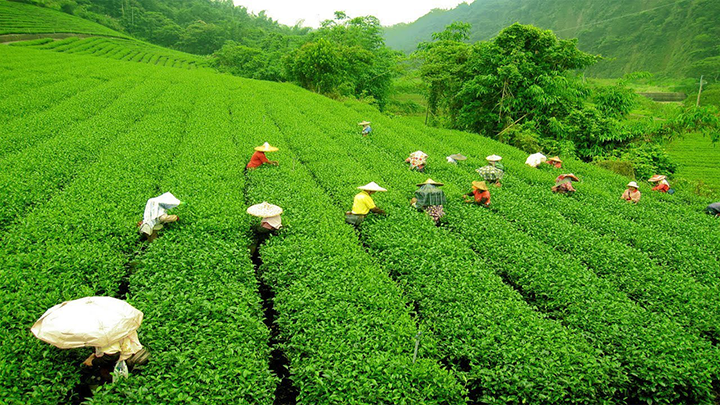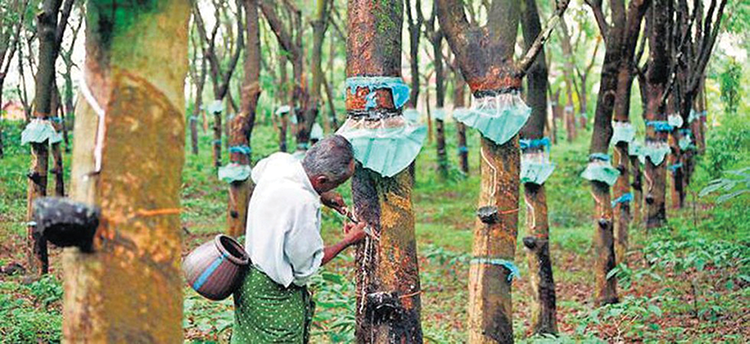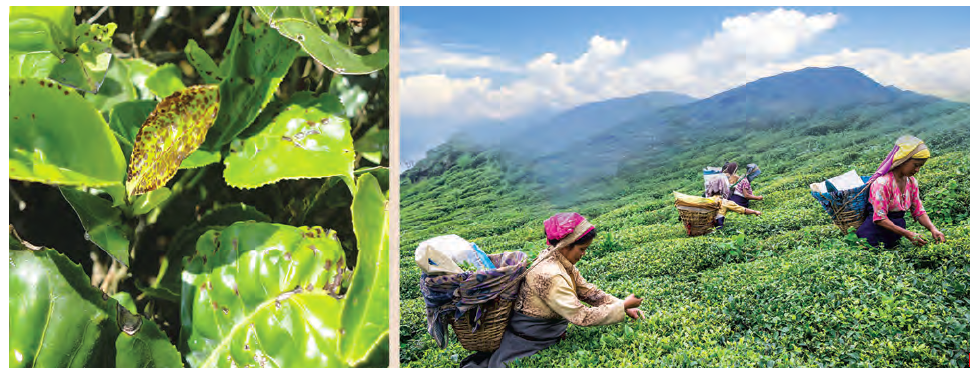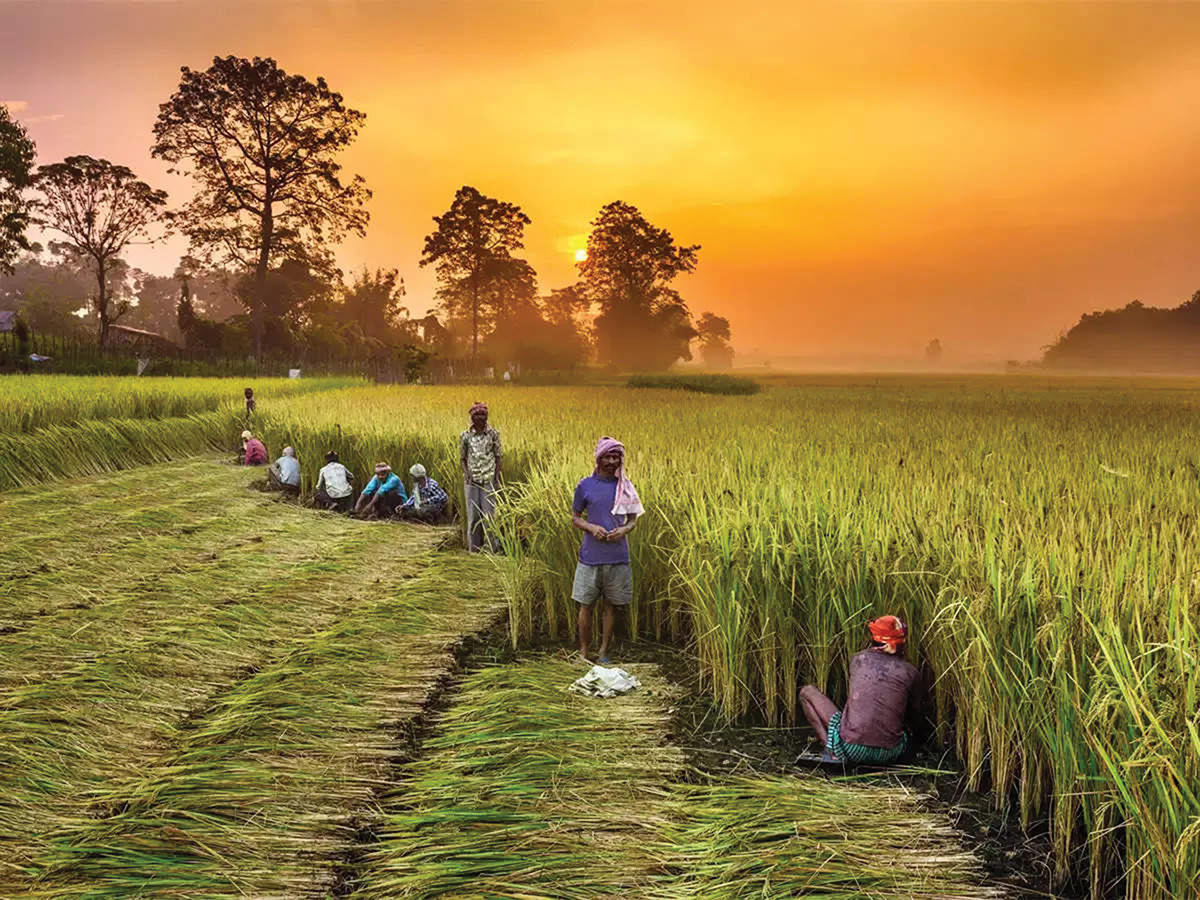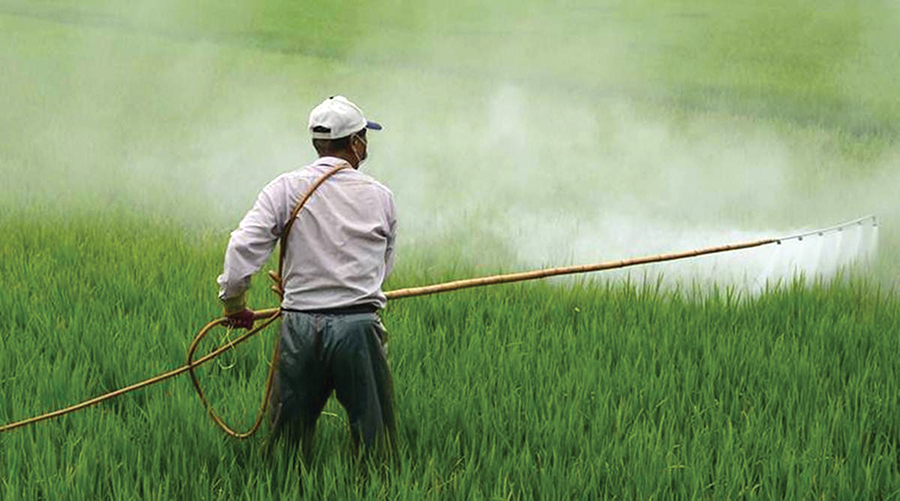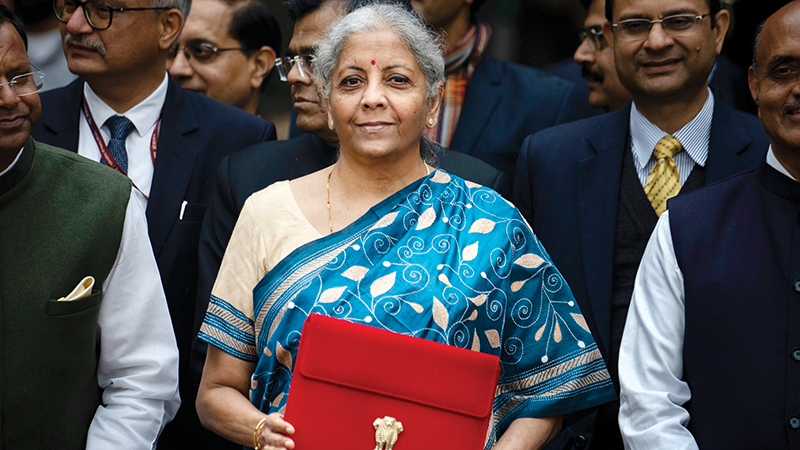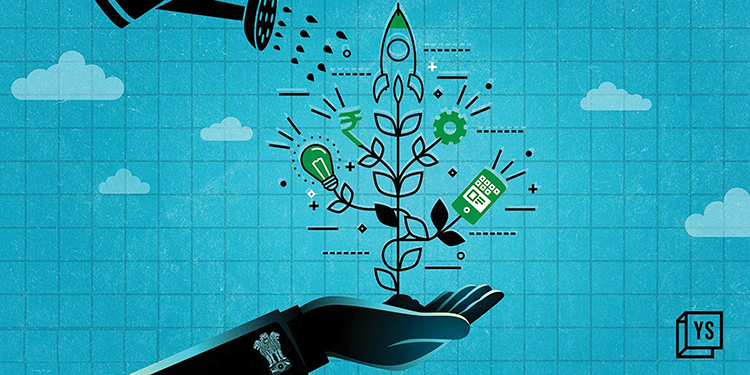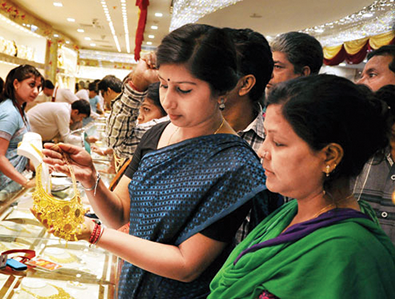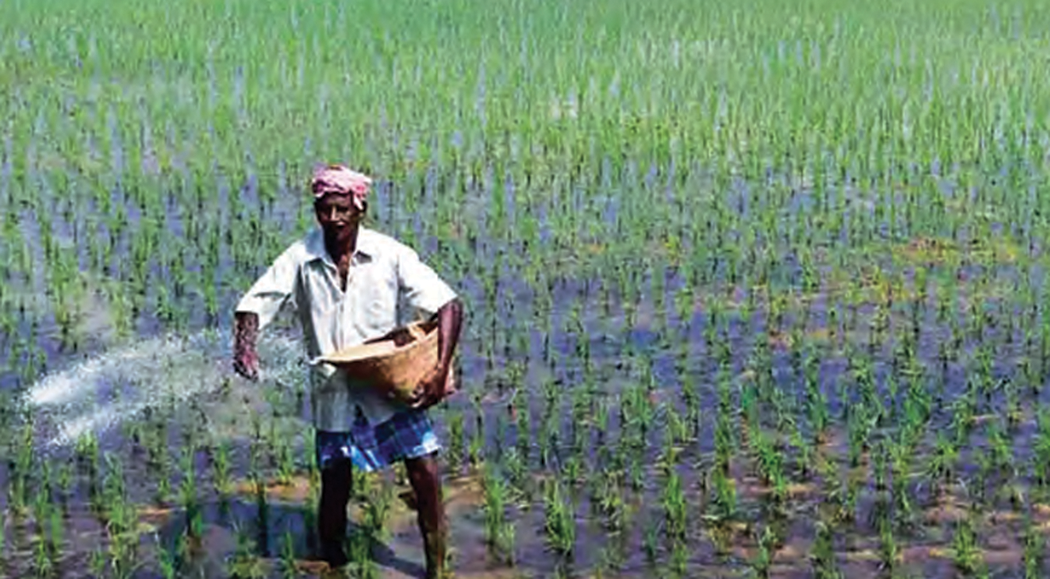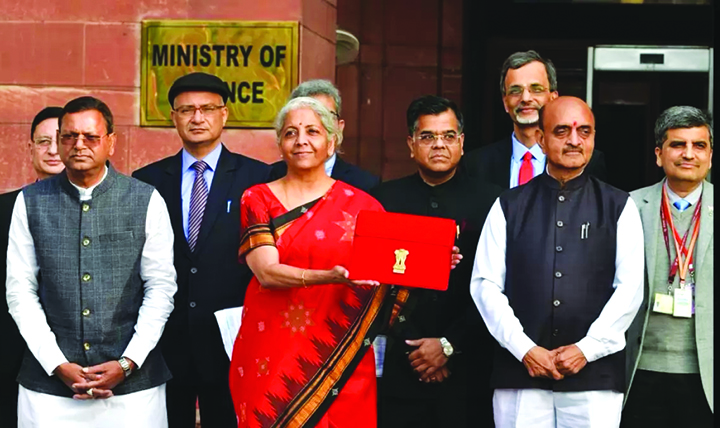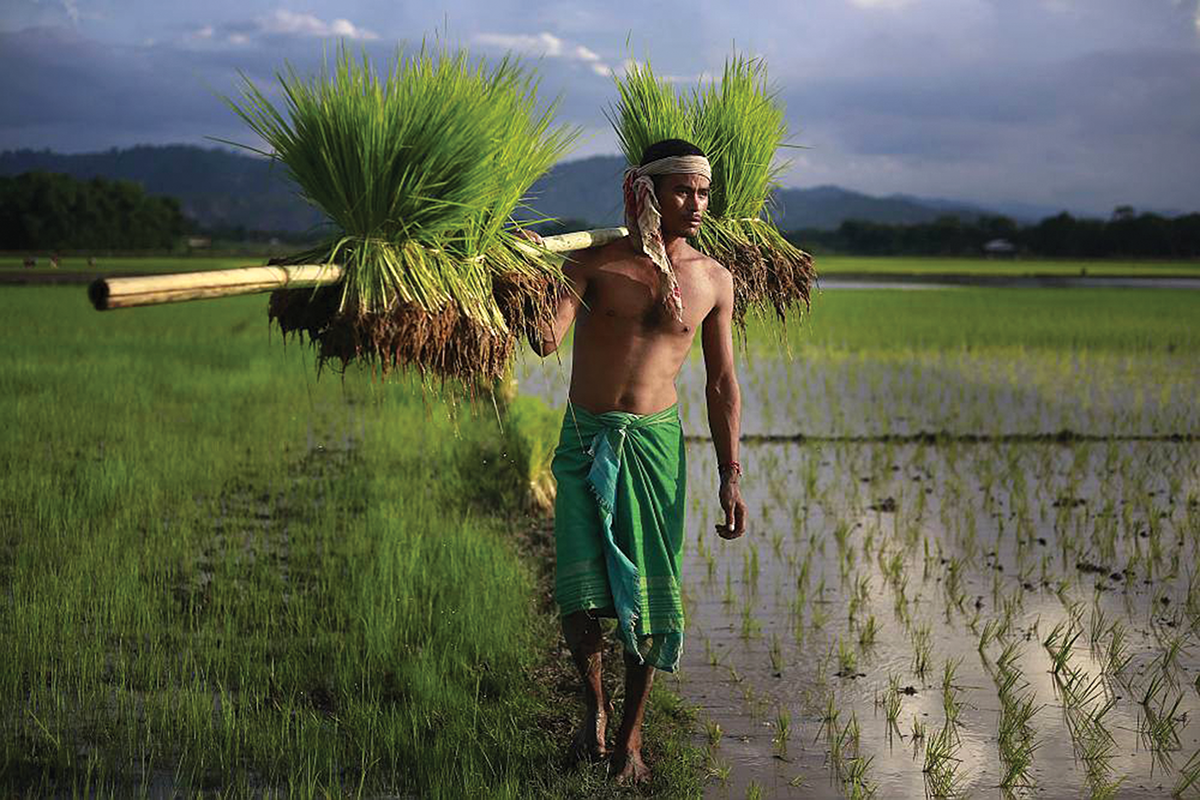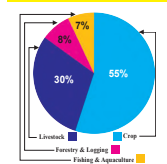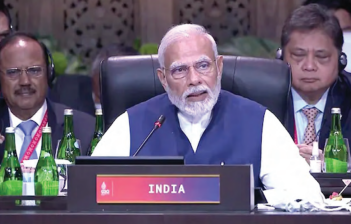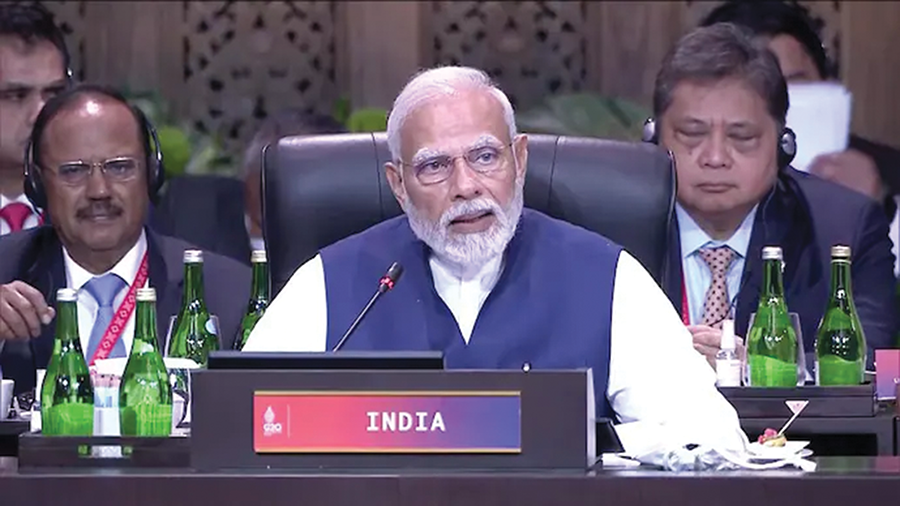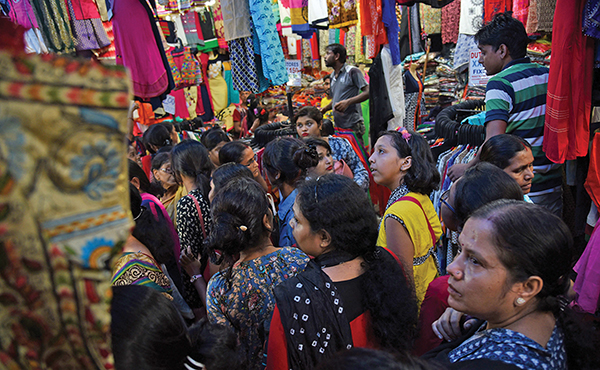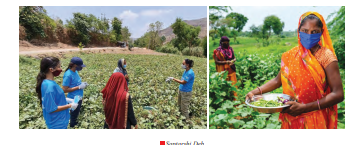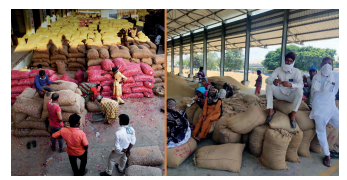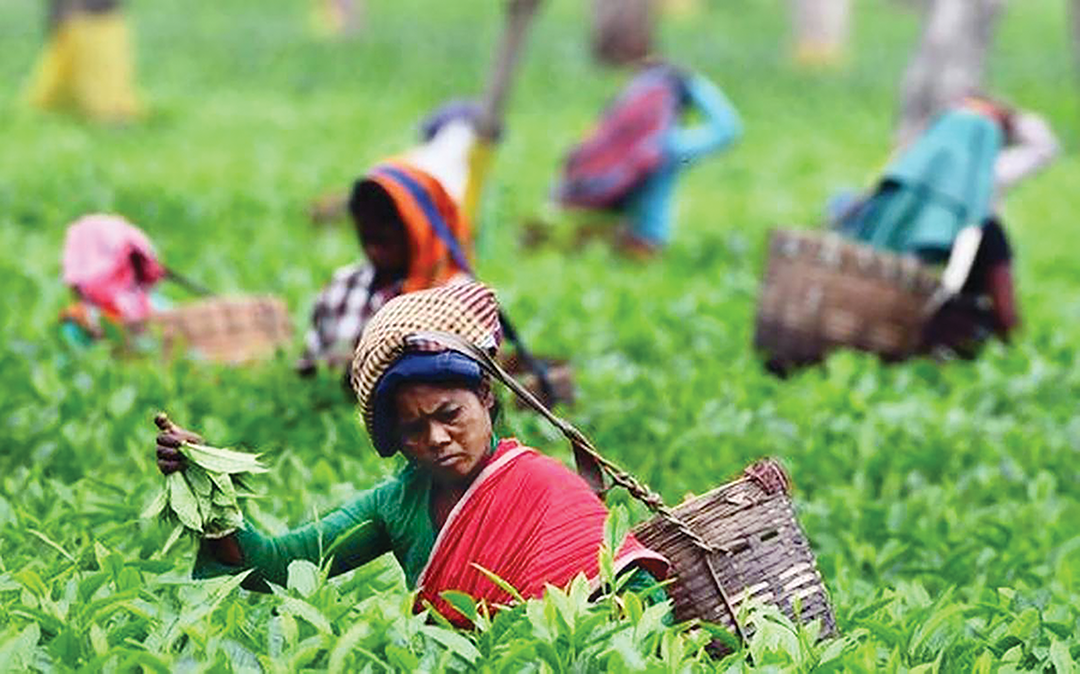
When we talk of the plantation industry in India, tea is the first name that comes to our mind. The tea industry has been a part of the social life and economic arrangement of the country for a very long time. Today, more than 3.5 million workers, mostly rural and tribal, are engaged in the tea industry directly and indirectly. It is a big foreign exchange earner and contributes significantly to the country’s growth dynamic. There is a historical aspect of the tea industry that embodies its past and British colonial legacies in India.
The tea industry in India is nearly two centuries old. It occupies an important place and plays a very useful part in the national economy. Owing to certain specific soil and climatic requirements its cultivation is confined to specific areas of the country. Tea plantations in India are mainly located in rural hills and backward areas of north-eastern and southern states. Major tea growing areas of the country are concentrated in Assam, West Bengal, Tamil Nadu and Kerala. The other areas where tea is grown to a small extent are Karnataka, Tripura, Himachal Pradesh, Uttaranchal, Arunachal Pradesh, Manipur, Sikkim, Nagaland, Meghalaya, Mizoram, Bihar and Orissa.
Growth of Indian tea industry
The journey of the Indian tea industry began in the early 19th century under the British East India Company, which sought to break China's monopoly by expanding tea plantations in India, especially in the Assam region. The East India Company took over control of the region through the Treaty of Yandabo in 1826 and set up the first British tea garden in Upper Assam in 1837. The commercial production of tea on a bigger scale, however, began from 1840 after the incorporation of Assam Tea Company.
Beginning in the 1850s, the tea industry rapidly expanded, consuming vast tracts of land for tea plantations. By the turn of the century, Assam became the leading tea-producing region in the world. The success in Assam led to expanded tea production in West Bengal and South India through British colonial efforts, establishing large-scale plantations and using the organised labour system. By the early twentieth century India's total tea production grew rapidly and crossed 200 million pounds-mark by 1903. This expansion was aided by the establishment of organisations like the India Tea Association to address issues like labour, law and order and market expansion. The increased cultivation met a growing demand in Britain, where Indian teas were seen as a strong and affordable alternative to their Chinese counterparts.
But the industry that began to serve the interest of the British consumers steadily turned into a huge organisation over the years serving consumers both at home and in more than 25 countries abroad. The Indian tea industry has grown to own many global tea brands and has evolved into one of the most technologically equipped tea industries in the world. From its legendary origins to modern processing techniques, tea production in India delicately weaves together cultural heritage, economic prowess, and technological advancement.
